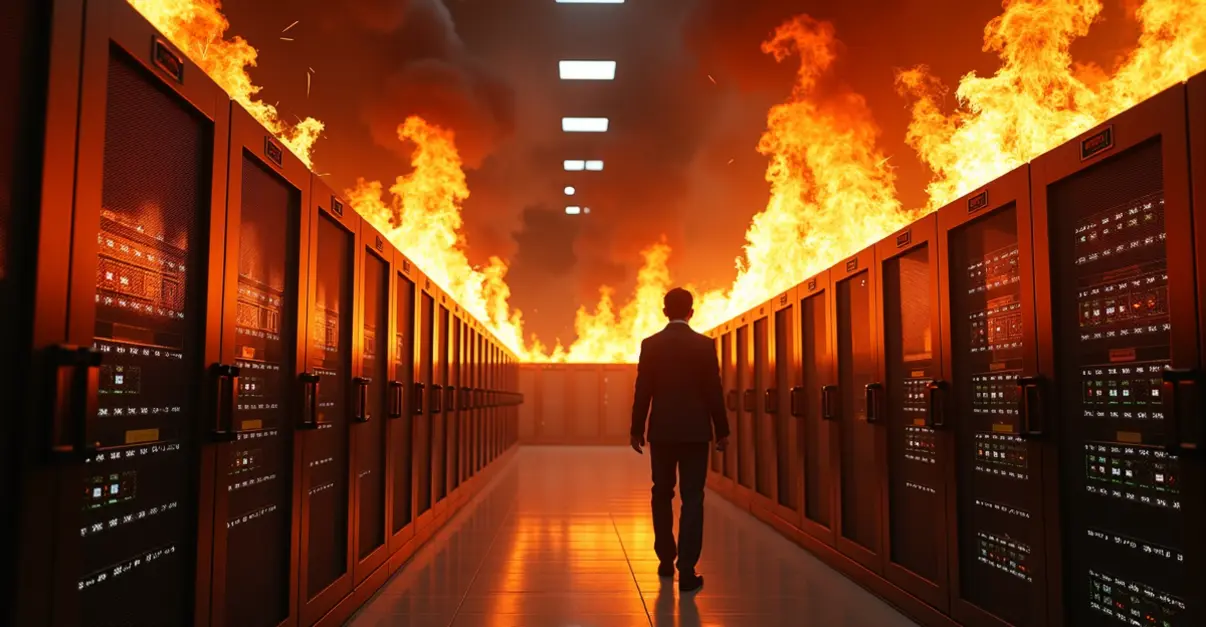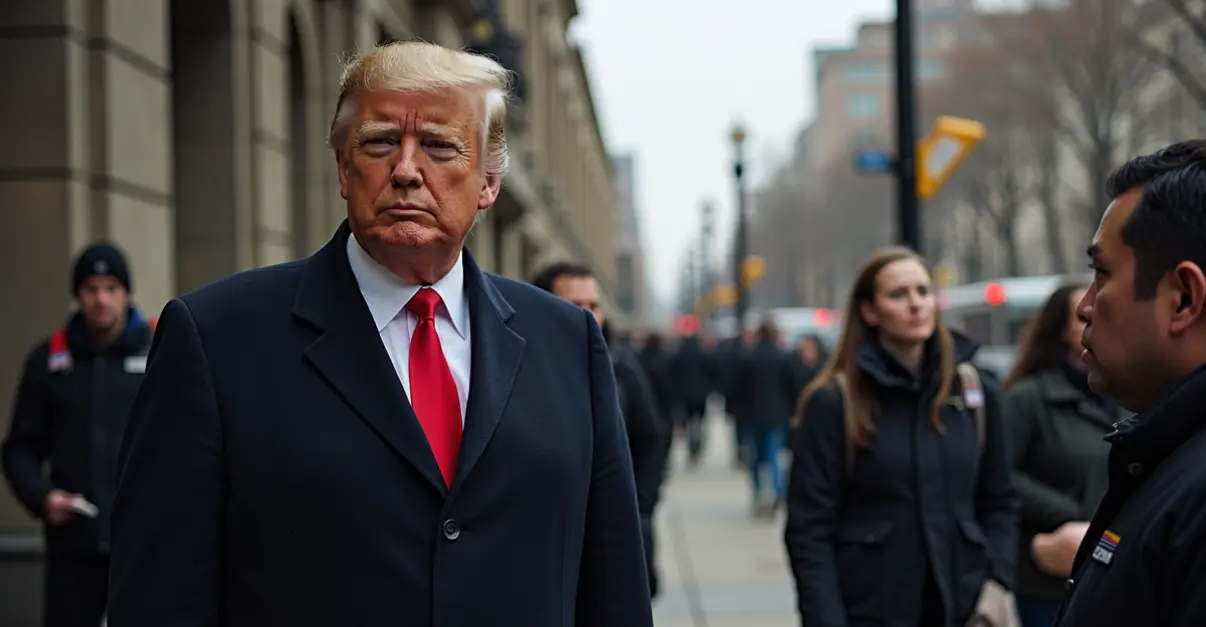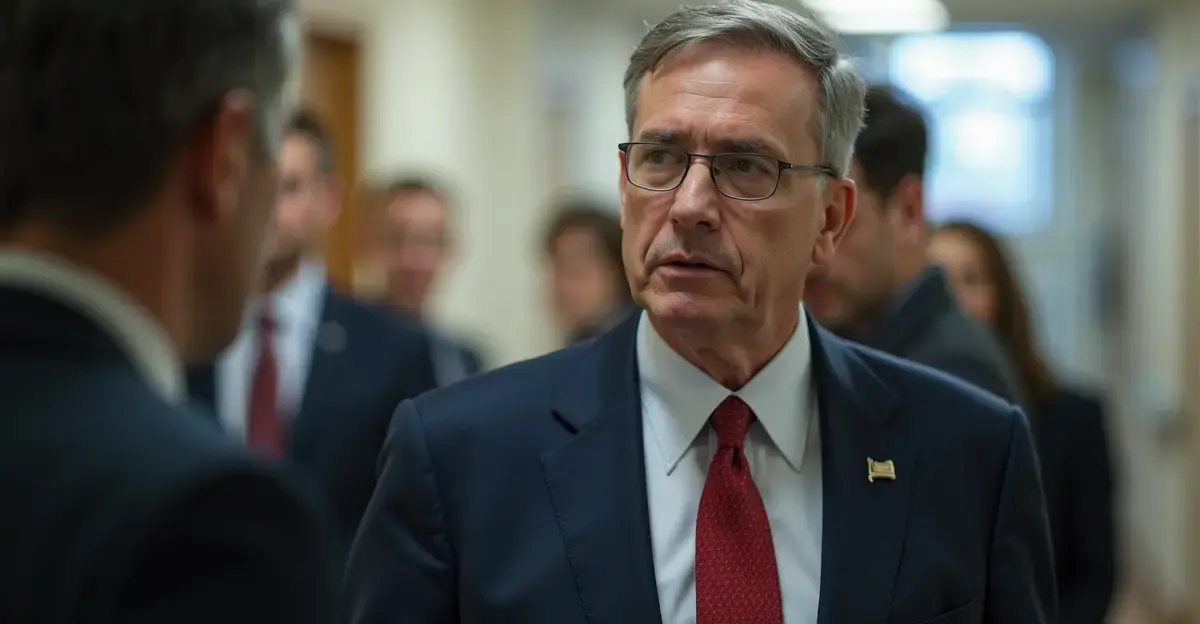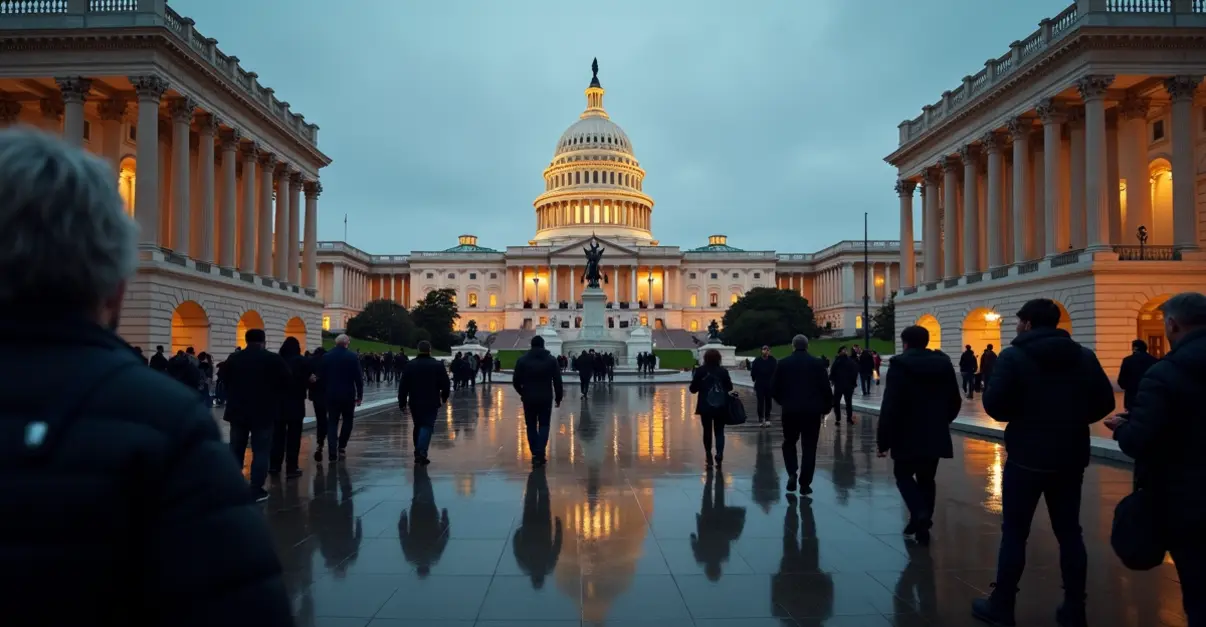The US government shutdown began October 1, 2025, furloughing 750,000 workers and affecting millions. Political deadlock over healthcare funding and spending cuts continues as essential services operate without pay and public facilities close.
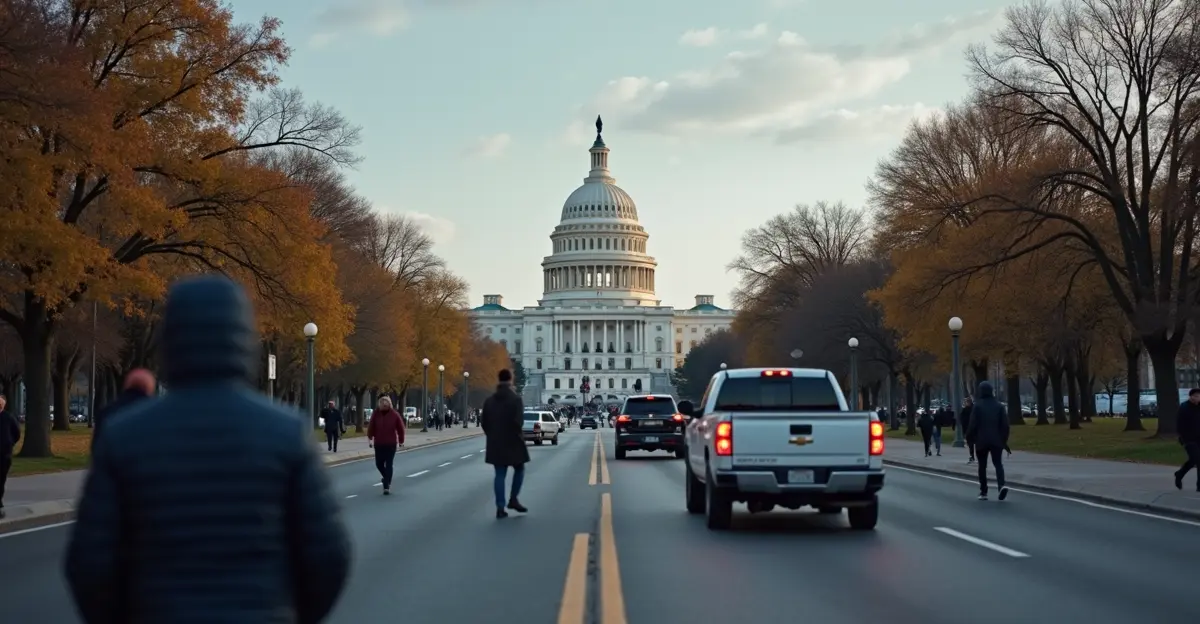
Federal Government Grinds to Halt as Political Deadlock Continues
The United States federal government officially entered a partial shutdown on October 1, 2025, marking the first government closure in seven years and the fourth shutdown under President Donald Trump's administration. The shutdown began at 12:01 a.m. EDT after Congress failed to pass appropriations legislation for the 2026 fiscal year, creating immediate disruptions across federal services and affecting millions of Americans.
Immediate Impact on Federal Workers and Services
Approximately 750,000 federal employees have been furloughed without pay, while another 2 million essential workers—including FBI agents, air traffic controllers, border patrol officers, and military personnel—must continue working without receiving their salaries. 'This is devastating for federal workers who live paycheck to paycheck,' said Sarah Johnson, president of the American Federation of Government Employees. 'Many will struggle to pay rent and buy groceries while politicians play political games.'
The Congressional Budget Office estimates the daily cost of furloughed employee salaries at approximately $400 million. While these workers typically receive back pay once the shutdown ends, the immediate financial strain creates significant hardship for families across the country.
Services Affected and Economic Consequences
National parks, museums, and other federally funded public spaces have closed their doors to visitors. Air travel faces potential disruptions as Transportation Security Administration agents and air traffic controllers work without pay, echoing the 2018 shutdown when many employees called in sick, causing massive airport delays.
Food safety inspections by the FDA have been suspended, and environmental monitoring programs face interruptions. Federal courts have warned they can only maintain operations for a few more days before closing. According to U.S. News, nearly seven million mothers, babies, and children risk losing nutritional assistance through the WIC program, which depends on federal funding.
Political Standoff Behind the Shutdown
The shutdown stems from a fundamental disagreement between Democrats and Republicans over government spending priorities. Democrats insist on maintaining funding for the Affordable Care Act (Obamacare) and preventing what they call 'drastic cuts to healthcare,' while Republicans seek to reduce government spending and implement their policy agenda.
'We cannot in good conscience approve funding that continues wasteful spending on programs that hurt American taxpayers,' said House Speaker Mike Johnson. Meanwhile, Senate Majority Leader Chuck Schumer countered, 'Republicans are holding the American people hostage over their extreme ideological demands.'
The political impasse became inevitable when a Republican proposal to extend funding for seven weeks failed in the Senate, receiving only 55 votes—short of the 60 needed for passage.
Historical Context and Potential Duration
This marks the 21st government shutdown in modern U.S. history. The longest shutdown occurred in 2018-2019 under President Trump, lasting 35 days and costing the economy an estimated $3 billion in lost GDP. According to Wikipedia, most shutdowns last between one and five days, though political analysts suggest this one could extend longer given the deep divisions between parties.
Economic analysts at Forbes estimate that each week of shutdown reduces GDP growth by 0.15 percentage points, though markets have historically shown resilience during previous shutdowns.
Path Forward and Public Opinion
The resolution requires both parties to reach agreement on government spending levels. A recent New York Times poll shows only 27% of Americans believe Democrats should hold firm in negotiations, while nearly half of Democratic voters prefer avoiding a shutdown even if it means compromising with Republicans.
As federal workers face uncertainty and essential services operate with reduced capacity, the political pressure mounts on both parties to find common ground and end the shutdown before it causes more significant economic damage.

 Nederlands
Nederlands
 English
English
 Deutsch
Deutsch
 Français
Français
 Español
Español
 Português
Português





